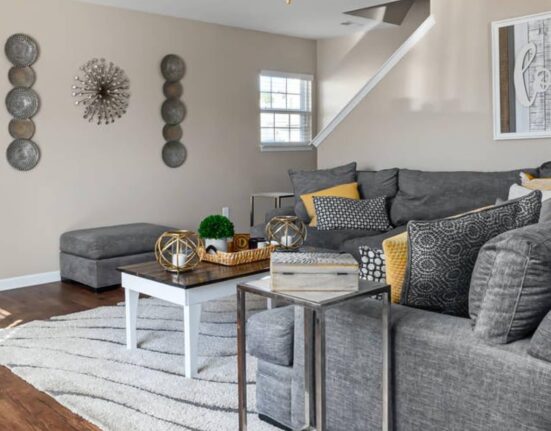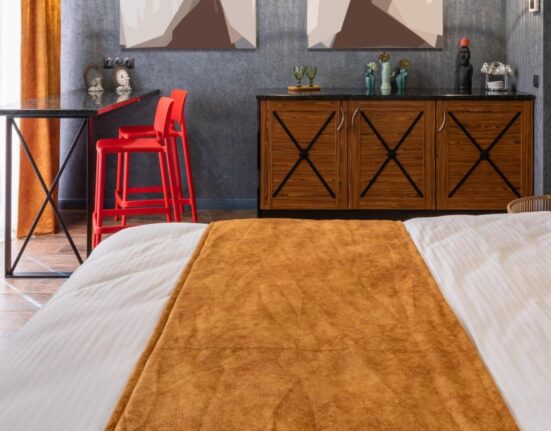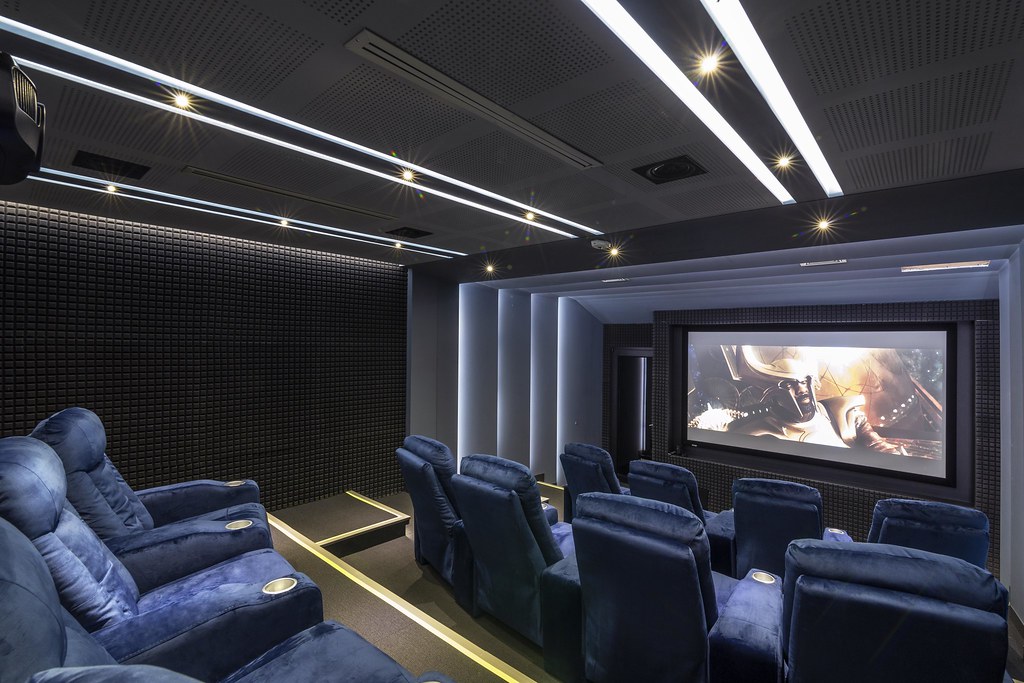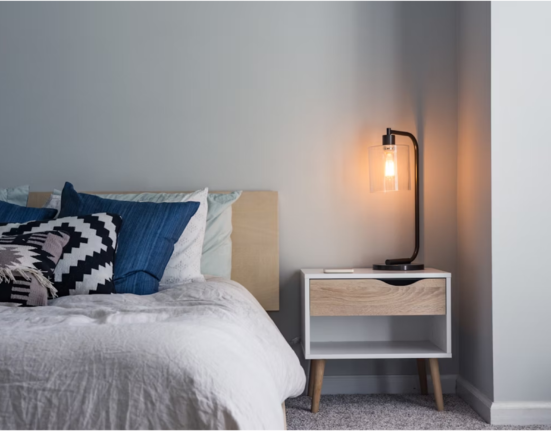In today’s bustling world, silence has become a luxury. With the rise in remote workspaces, open office layouts, and multi-functional interiors, managing sound is no longer a luxury—it’s a necessity. Enter the acoustic panel: an unassuming yet powerful solution that is quietly transforming how we experience sound indoors.
Whether it’s in a corporate setting, a recording studio, or a home environment, these panels are proving their worth far beyond aesthetics.
Understanding Acoustic Panels: More Than Just Decor
At first glance, an acoustic panel might seem like a decorative wall feature. However, its primary function lies in sound absorption. Made from materials like foam, fabric, or fiberglass, these panels are specifically engineered to reduce reverberation and control noise levels in a space. When sound waves hit a hard surface, they bounce around, creating echoes and background noise. An acoustic panel absorbs these waves, resulting in a cleaner, quieter acoustic environment.
Unlike soundproofing materials that block sound from entering or leaving a space, acoustic panels refine the quality of sound within the room. This subtle distinction is what makes them ideal for interior applications where clarity and concentration are critical.
Why Acoustic Panels Are in High Demand
The surge in popularity of acoustic panels is no accident. Several factors have contributed to their widespread adoption:
Remote Work and Hybrid Offices: As more professionals work from home or in hybrid environments, there’s a growing need for distraction-free zones. Acoustic panels help create focused workspaces without the need for major renovations.
Open-Plan Architecture: Modern architectural trends favor open spaces, but with openness comes the challenge of noise control. Installing strategically placed panels maintains the aesthetic while enhancing functionality.
Educational and Healthcare Settings: Classrooms and hospitals are increasingly integrating acoustic treatments to improve communication, reduce stress, and enhance well-being.
Aesthetic Meets Functionality
One of the most commendable aspects of today’s acoustic panels is how they blend form and function. Designers are no longer restricted to drab or industrial-looking options. Now available in a variety of colors, textures, and patterns, acoustic panels serve dual roles: they improve acoustics while enhancing visual appeal.
Some manufacturers offer customizable panels that double as artwork or branding elements. This convergence of acoustic science with interior design principles has made panels a staple in commercial and residential interiors alike.
Where Acoustic Panels Truly Shine
The versatility of acoustic panels makes them suitable for a range of environments:
Recording Studios & Theaters: Precision sound control is non-negotiable here, and panels are essential tools in shaping high-quality audio.
Restaurants & Cafés: Busy dining spaces often suffer from poor acoustics. Panels placed on ceilings or walls can make conversations more comfortable and inviting.
Home Offices & Libraries: These quieter zones benefit immensely from acoustic treatments, making them ideal for focus and productivity.
Conference Rooms & Meeting Areas: With remote conferencing and collaboration on the rise, clarity in communication has become paramount. Acoustic panels mitigate echo and improve speech intelligibility.
Installation and Maintenance: Simple Yet Effective
One of the biggest advantages of acoustic panels is their ease of installation. Most can be mounted using basic tools, without the need for structural changes. This makes them an attractive solution for both renters and owners.
Maintenance is equally simple. Panels only require occasional dusting or vacuuming to maintain their effectiveness and appearance. High-quality panels are also resistant to wear and fade, ensuring they remain functional and attractive for years.
Cost vs. Value: A Smart Investment
While some may see acoustic panels as an optional design element, the value they bring is significant. By reducing unwanted noise, these panels contribute to better communication, increased productivity, and even improved mental health. The ROI isn’t just financial—it’s experiential.
Moreover, the market offers a wide range of options, from budget-friendly panels to premium designs. This flexibility ensures there’s a suitable solution for nearly every application and budget level.
What Sets a Good Acoustic Panel Apart?
Not all panels are created equal. A truly effective acoustic panel will strike a balance between material density, surface texture, and placement. Look for panels that are tested and rated for noise reduction coefficients (NRC), which indicate how well a panel absorbs sound.
Additionally, eco-conscious buyers can now find sustainable options made from recycled materials or low-VOC components, which further add to their appeal.
Sounding Off: Why Acoustic Panels Deserve More Attention
Acoustic panels might not be the flashiest part of a space, but their impact is undeniable. As a positive critic and enthusiastic observer of innovations in interior design, I believe these panels are not just sound solutions—they are statements. They signify a shift in how we prioritize comfort, communication, and concentration.
In the broader context of wellness and productivity, their role cannot be overstated. Whether you’re designing a serene home office, a dynamic workspace, or a cozy public venue, the acoustic panel has earned its place as a fundamental design element.
Closing Reflection: The Future Is Quieter
In a world that grows louder by the day, acoustic panels are quietly leading a revolution. Their thoughtful integration into modern spaces shows that good design isn’t just about what we see—it’s about what we hear (or don’t). As technology and design continue to evolve, one thing is clear: the future of interiors is beautifully quiet, and acoustic panels are making it possible.














